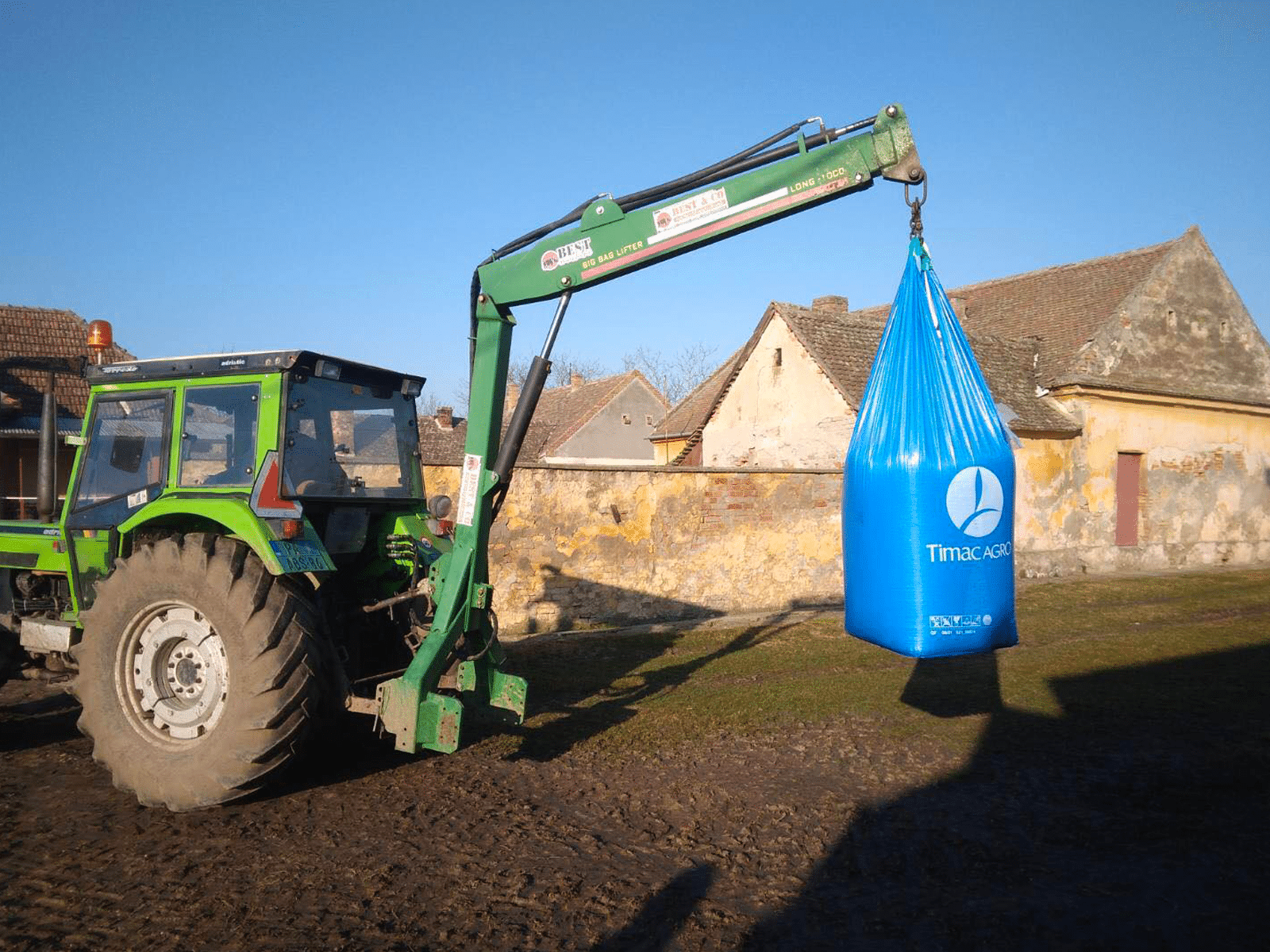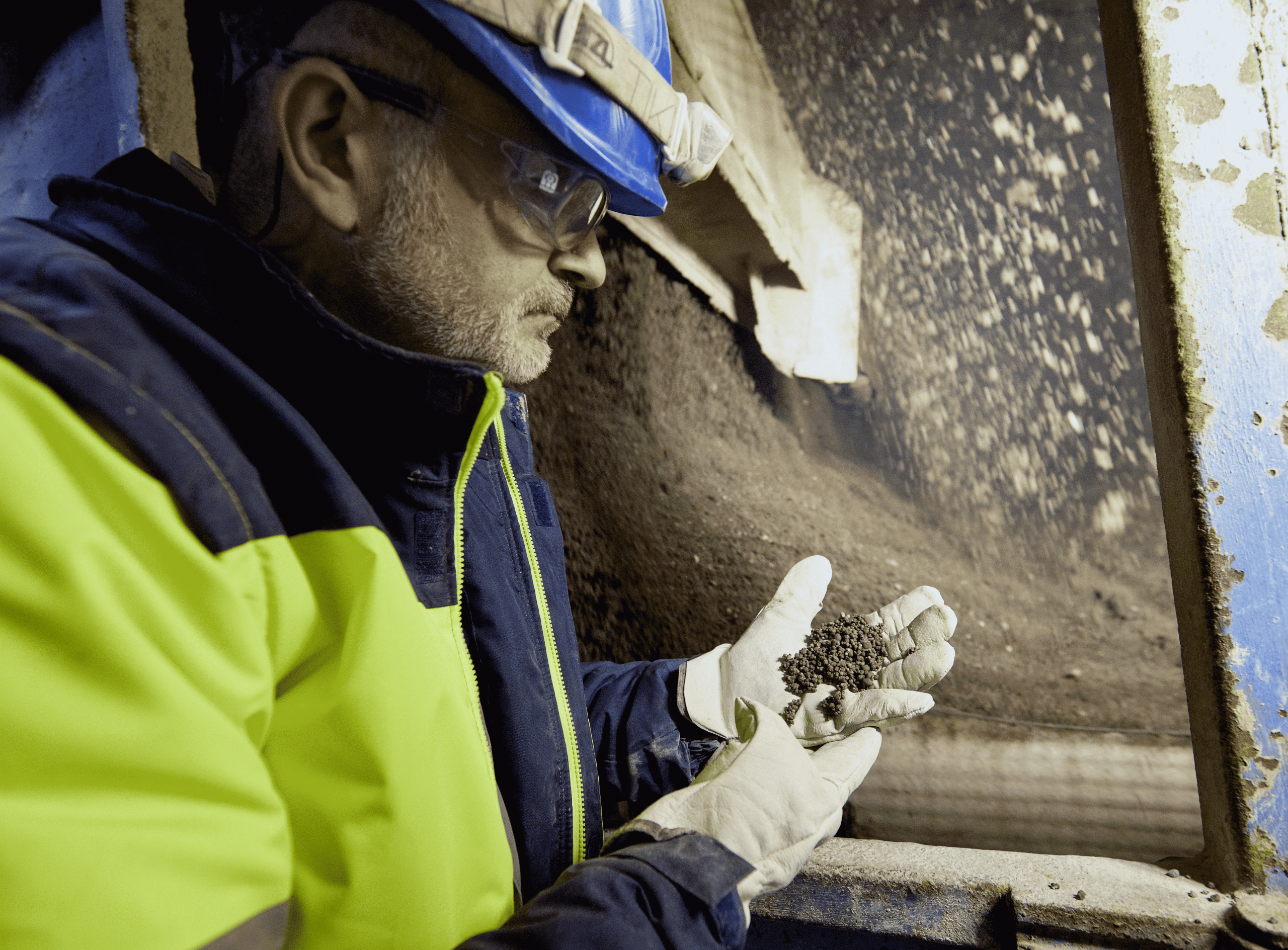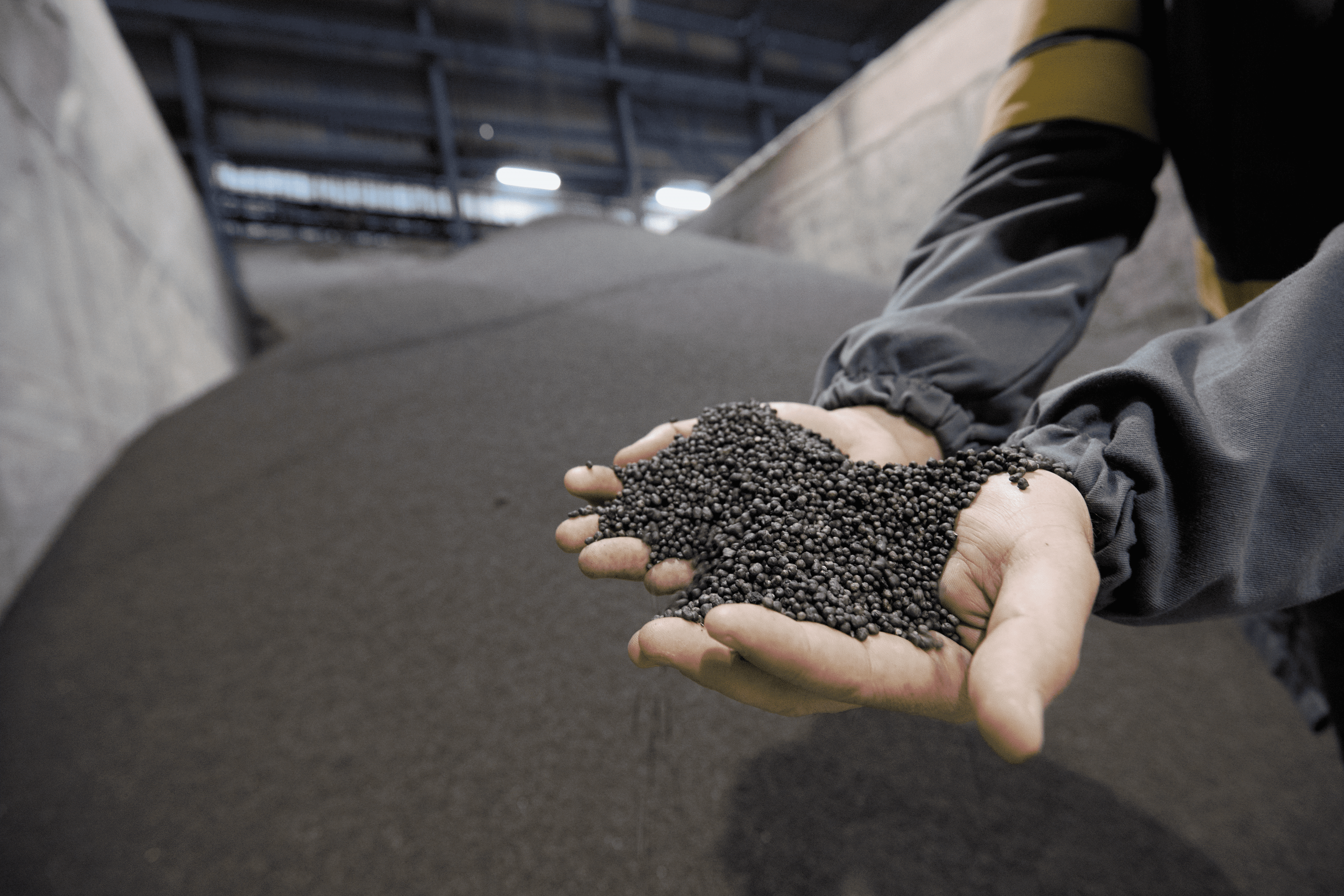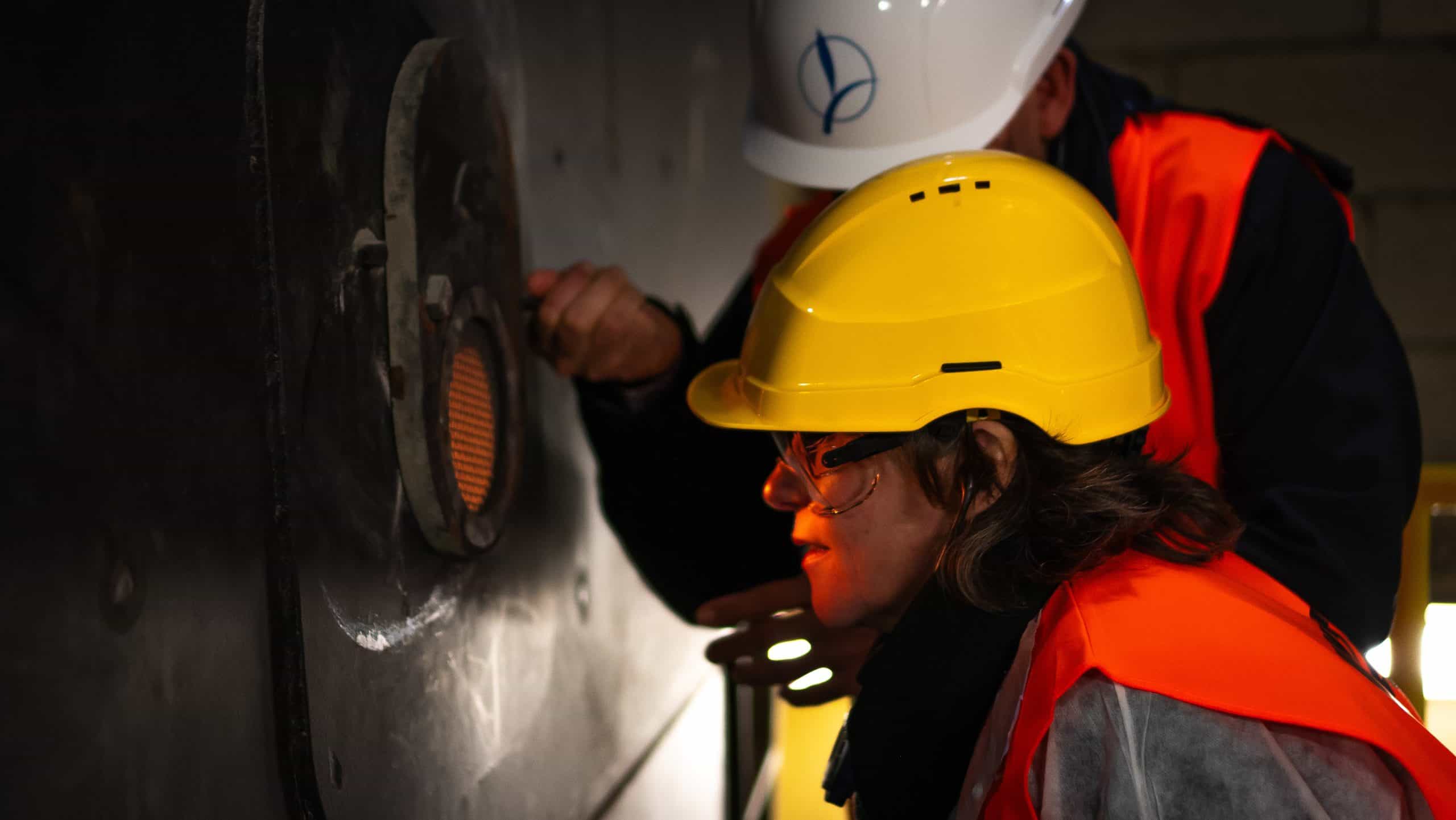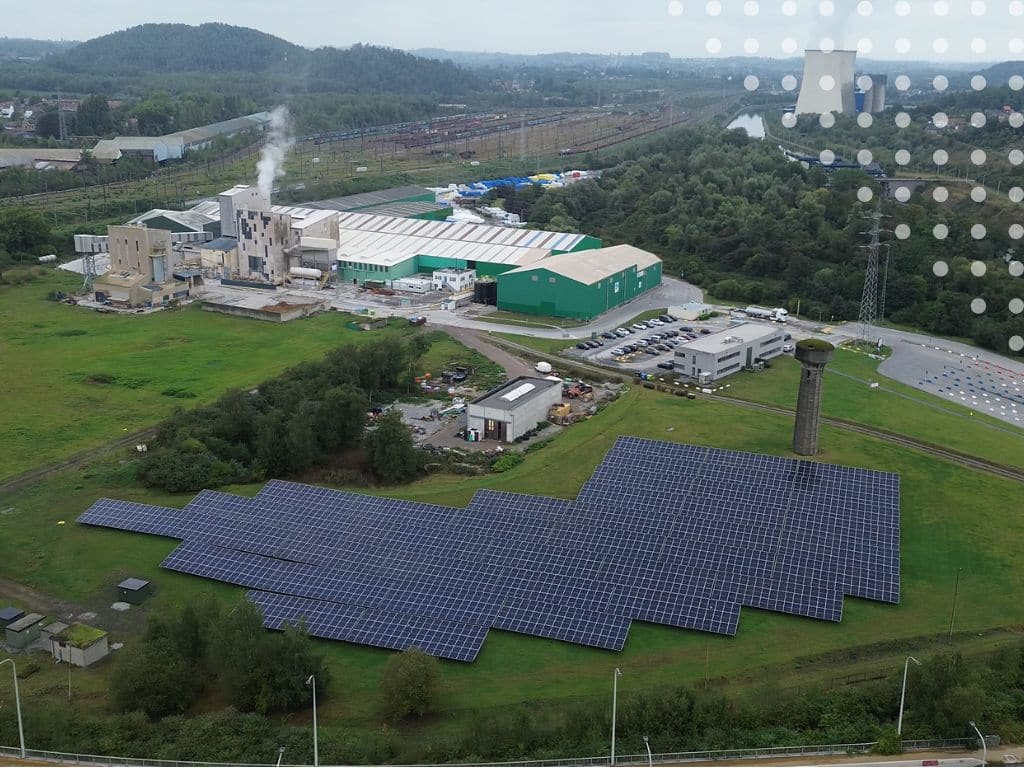A granule is the form a solid agricultural fertilizer can take: a worldly used form, that farmers spread in the field with a spreader. Granulation is the whole industrial process that ends with these famous granules. It is a continuous process bringing together, in a solid fertilizer* or soil improver**, all the essential elements to soil and plant nutrition. At TIMAC AGRO, it’s a key moment to add unique technologies that will benefit the soil and plants. The whole industrial process requires a perfect mastery of raw materials and manufacturing steps, which characterizes each of TIMAC AGRO’s industrial sites.
• How to define an ideal granule?
In agriculture, it is necessary to think not in terms of quantity, but in terms of quality: use the best product, in the right quantity, and at the best time, for the most efficiency.
During spreading, the granulometry will be a key factor of the quality of a soil improver or a fertilizer: the granules size’s homogeneity in the same sample will define the possibility of a homogeneous spreading. It is imperative that an entire field receives a uniform amount of fertilizer or soil improver to ensure good soil nutrition, uniform plant growth and yield, leaving no room for “weeds”. The size of a granule must obey standards established with the manufacturers of agricultural machinery.
In the field, the granule composition will be the main factor: it must contain all the necessary ingredients to feed the soil or the plants among the primary elements (N, P, K) and/or the micronutrients. But it must also meet the more precise needs of the crops according to the soil’s composition, the planned crop, and the identified challenges: a good granule will make a difference with the technologies added to the foundation.
- This is why TIMAC AGRO has specialized in technologies that reinforce the efficiency of the first essential elements provided. These technologies, from natural origin and even inspired by nature, are the result of a constant innovation based on a field-based scientific research, multidisciplinary, collaborative and sustainable. Discover how TIMAC AGRO develops breakthrough innovations for agriculture: Process to innovation
Finally, a granule should be coated: it’s a key element to ensure its integrity until it is used in the field. However, the granule’s coating must not compete its progressive degradation. A precise balance is therefore important to ensure that the granules are not destroyed before or during application, while allowing a gradual degradation to provide all the necessary elements as they are applied.
• What are the granulation’s stages at TIMAC AGRO ?
Reception and analysis of raw materials:
Raw materials are sampled and analyzed according to a strict control specific to TIMAC AGRO : it allows our laboratories to determine the components, the active properties, and the best way to use them. Each raw material goes through in-depth analysis extremely, all having their own physical and chemical particularities. This first analysis allows us to establish the optimal use indications for the industrial sites using the material brought in.
Agglomeration of mineral components:
The mineral components (phosphate, crushed marine shell, urea, …) are gathered and agglomerated in proportions specific to TIMAC AGRO. They form granules. The whole process requires a great mastery: each components has its own physical and chemical characteristic, making the whole process of mixing it a challenge.
A DECISIVE STAGE: At this stage, TIMAC AGRO improves its granules with natural technologies resulting from its innovation process. These technologies, added to the heart of the granule, are mixed with the basic nutrients to reinforce their effectiveness and effects. A key step that will define the difference of a TIMAC AGRO granule.
Drying, cooling, protection and preservation:
The agglomerated raw materials are now granules: they are dried, then cooled and finally coated. This step guarantees a preserved granule, suited for use without bulking (aggregation of the granulates in solid blocks), waste, and/or loss of its first qualities.
Maturation:
It’s the last step before distribution. Coated, finally cold, the granules are left to mature in a “mature or stabilization box” for 3 to 5 days: the necessary time to stabilize the product, allowing it to reach its full potential, whilst carrying out the last quality controls.
On the industrial sites of TIMAC AGRO, throughout this process, controls are carried out to ensure that all stages respect our quality specifications: homogeneity of the size, perfect composition…
Browse our subsidiaries and industrial sites of TIMAC AGRO.
The mastery of this whole industrial process makes the exceptional quality of TIMAC AGRO fertilizers and soil conditioner, a unique industrial know-how that ensures its position as world leader in sol and plants’ nutrition innovation.
FOCUS :
Humidity, a key parameter
Humidity is monitored throughout the whole industrial process. Indeed it is maintained to a settled level to avoid excessive drying time and thus excessive energy consumption. In case of lack of control, humidity can produce an easily destructible granule, especially after the bagging, leading to a great production of dust. A wet granule will be prompt to bulking, leading to the spreader’s clogging when used.
*fertilizer: gives a supply of nutrients for the plants
**amendment: allows to reinforce the agronomic qualities of a soil
